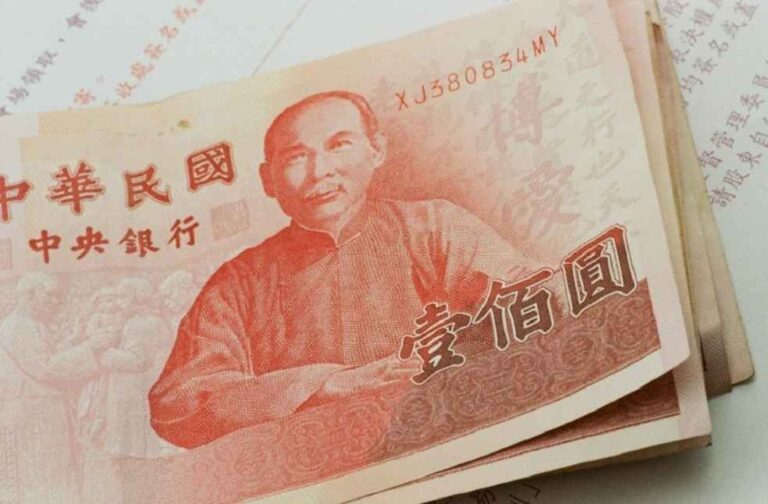Taiwan currency surged by an unprecedented 8% over two days, marking its sharpest rise in years, as markets reacted to shifting trade dynamics and declining confidence in the U.S. dollar. The rally, which took the Taiwan dollar to its strongest close in more than two years at 30.145 against the U.S. dollar on Monday, reflects broader concerns about the future of global trade and capital flows amid President Donald Trump’s tariff-focused trade policies.
Despite the Taiwan central bank’s longstanding efforts to curb volatility, the currency appreciated sharply as exporters, insurers, and investors rapidly offloaded their U.S. dollar holdings. Traders noted a significant drop in demand for the greenback, indicating a structural shift in market sentiment.

The timing of the surge has fueled speculation that a tacit understanding was reached during recent U.S.-Taiwan trade talks in Washington, possibly allowing Taiwan’s currency to strengthen in exchange for trade-related concessions. However, Taiwan’s central bank firmly denied any such arrangement and attributed the volatility to changing corporate outlooks and a rise in foreign capital inflows.
President Lai Ching-te also dismissed rumors of exchange rate negotiations, urging the public not to spread misinformation. Taiwan’s trade office clarified that the central bank did not participate in the trade discussions, nor were foreign exchange issues on the agenda.
Market momentum began building earlier in April, following Trump’s announcement of a now-suspended 32% import tax on Taiwanese goods. As the anticipated value of dollar-based receipts fell, Taiwanese exporters rushed to convert holdings, while insurers moved to hedge dollar exposure, triggering a broader capital market shift away from the U.S. dollar.

Faced with mounting pressure, the central bank intervened during both trading days to limit excessive volatility and reiterated its commitment to market stability. Nonetheless, the speed and scale of the appreciation suggest deeper structural changes are underway.
Analysts see the surge not only as a reaction to immediate trade concerns but also as part of a larger regional trend, with several emerging Asian markets reassessing the role of the U.S. dollar amid ongoing geopolitical uncertainty.
The Taiwan dollar’s strength signals not just local adjustments, but growing global doubts over the long-term resilience of the U.S. dollar as a dominant trade currency.
POLICY & LAW | Japan Demands Full Tariff Review for U.S. Trade Deal



